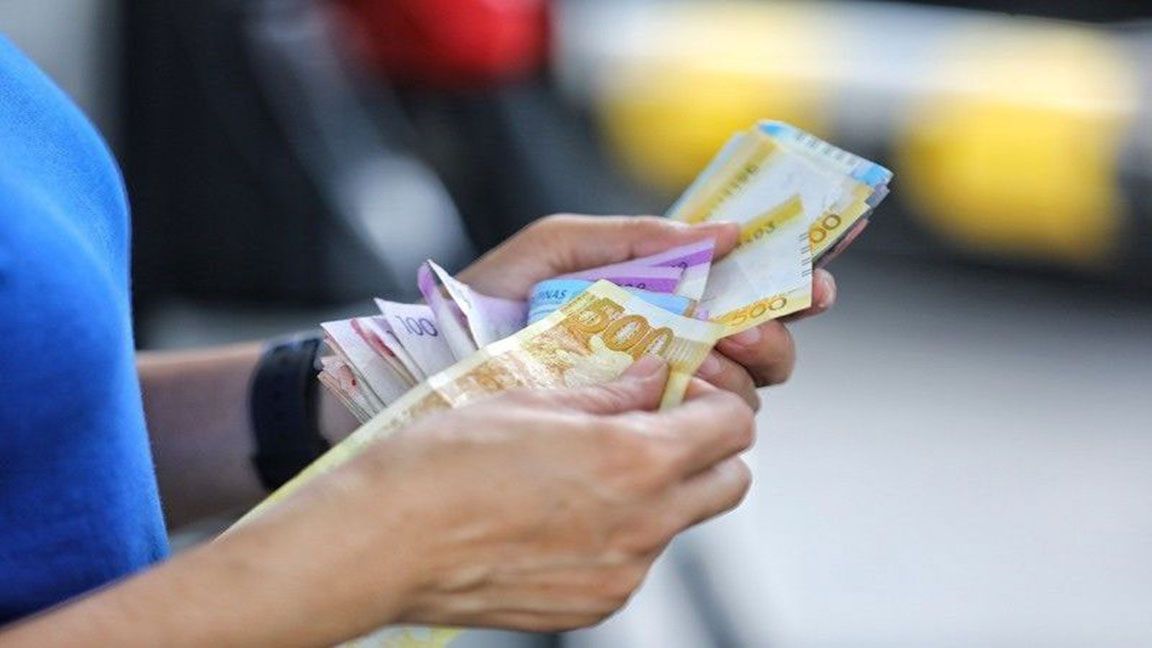The Philippine peso continues to get a beating in the trading floor shedding 39.1 centavos settling at P56.37 to $1, its lowest since November 2004, from its Monday’s close of P55.979 to $1.
The local currency today shed 39.1 centavos to the dollar settling at P56.37 against the greenbuck, its lowest since November 2004. On Monday, the exchange rate was P55.979 to $1.
Data from the Bankers Association of the Philippines showed that the peso depreciated at its Tuesday trade amid widening trade gaps and fears over the more aggressive US Federal Reserve rate hike.
It opened Tuesday’s session at P56.13 against the dollar, which was also its intraday best, Business World reported.
The peso touched its record low of P56.45during intraday trading, a level last seen on Oct. 14, 2004.
The local currency is down 10.5 percent or P5.37 from its P51-per-dollar close on Dec. 31, 2021.
Dollars exchanged went up to $1.38 billion on Tuesday from $804 million on Monday.
Rizal Commercial Banking Corp. Chief Economist Michael L. Ricafort said the peso’s weaker performance came amid the record trade deficit on a monthly basis of $5.7 billion and the stronger US dollar against other major currencies such as the euro and Japanese yen.
Ricafort also cited the recent hawkish signals from the US Federal Reserve officials.
Atlanta Fed President Raphael W. Bostic said on Monday the lack of month-on-month improvement in inflation increases the possibility of another 75-basis-point (bp) hike in the US Federal Funds Rate later this month.
China lockdowns
“The peso depreciated due to global growth concerns following reports of new lockdowns in China,” a trader said.
The Bangko Sentral ng Pilipinas (BSP) is facing pressure to accelerate monetary policy tightening to curb inflation, which neared a four-year high in June.
Inflation rose by 6.1 percent year on year in June, exceeding the central bank’s 2-4 target band for a third straight month. The average inflation rate in the first six months is 4.4%, still below the BSP’s full- year forecast of 5 percent.
“If you look at Asia-Pacific in general, currencies that have been the weakest are those where policy rates have not closed the gap with inflation,” Robert Carnell, head of research for Asia-Pacific at ING, was quoted as saying by Reuters.
The Monetary Board has raised benchmark interest rates by a total of 50 bps so far this year via 25-bp hikes at its May 19 and June 23 meetings, which brought the policy rate to 2.5 percent.
Negative real interest rates
Marco Giubin, senior portfolio manager for equities at Manulife Investment Management, said with inflation rising, the country’s real interest rate is negative, which has added to currency pressures.
“I guess from a monetary standpoint, they might be a little bit behind the curve… The inflation print in the Philippines is higher so it’s definitely on a negative rate path,” Giubin said.
“Philippine peso, we think, will remain under pressure given the continuing US dollar strength coupled with a widening trade deficit… The twin deficit situation, not to mention the recent change in government there’s been a whole range of issues as to why the currency has performed the way it’s performed relative to other ASEAN (Association of Southeast Asian Nations) currencies,” he added.
For Wednesday, the trader said the local currency may weaken ahead of the US consumer inflation report.
Both Ricafort and the trader gave a forecast range of P56.25 to P56.45 per dollar.
Volatility
The Bangko Sentral ng Pilipinas (BSP) on Tuesday assured financial markets that appropriate policy action “will be taken when needed in a preemptive fashion,” as the Philippines continues to face external headwinds.
BSP Governor Felipe M. Medalla said the markets should accept volatility and “live with it.”
“People don’t want to hear that our tools are not very good in addressing supply shocks…They, or at least the noisier part of the gallery, also want us to raise interest rates much more in response to what was initially unanticipated US monetary policy hawkishness,” he said in his opening remarks during the 2022 BSP International Research Fair.
Medalla last week said they are ready to take more aggressive policy action amid rising inflation and currency pressures.
The Monetary Board’s next meeting is on Aug. 18.
Tags: #BSP, #BAP, #pesotodollarrates, #depreciation, #USFedrates, #China’slockdown
